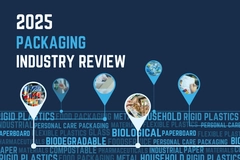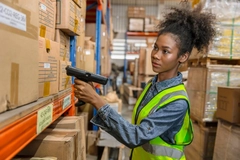Reducing Salmonella And Listeria On Food Packaging

Erze Ambalaj is the largest producer of expanding foam packaging for food in Turkey producing around 15 million food trays per day from their two locations in Turkey. Together with biochemistry developer Parx Plastics a new added value has been developed for their product line-up making the packaging antimicrobial.
The technology derived from bio-mimicry and free from biocides is significantly reducing the growth of Salmonella, Listeria, E.Coli and Staphylococcus Aureus on the packaging. Erze and Parx Plastics spend the passed months researching the best solution for incorporating this innovative technology into the expanding foam packaging in an economical way to make it available throughout the entire line-up of Erze.
The results of the combined efforts are an antibacterial performance, measured according to ISO 22196 by the independent University of Ferrara in Italy, of 92,5% against Listeria, 96% against Salmonella and up to 96,5% against Staphylococcus Aureus. This means that this improved food packaging has, scientifically proven, 93-97% lesser bacteria on the surface of the material after 24 hours compared to normal packaging of the same kind.
Specifically the presence of Listeria and Salmonella is an increasing challenge for the market of packaged meats, poultry and fish. With this development a strong tool is in hands to fight the dangers of these bacteria. And the developed protocol makes it possible to implement this technology in a very economical way making the technology available for the entire line of food packaging products.
By reducing the presence of bacteria after the manufacturing of the packaging material, during the transport of the packaging material, during packaging of the food and during the shelf life period of the product the ultimate conditions are created to prevent contamination and to have the best possible shelf life for the product.
The Parx technology is derived from bio-mimicry and it is using one of the most abundant trace elements in the human body to bring forth a change in the materials mechanical/physical property characteristics. The technology is not using biocides; it is able to have an efficient impact on bacterial growth by only a changed material surface property. The trace element used is compliant to the European regulations for plastics that come in contact of food and it is not migrating from the packaging.
Source: Erze Ambalaj











